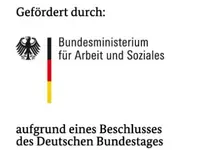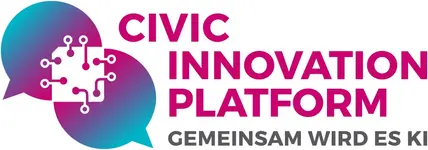Interactive career atlas: Digital navigation through the career landscape


The world of work has changed significantly over the last few decades. In the past, jobs were characterized by specific requirements and clearly separated from one another. Today, however, these boundaries are blurring. This development makes career orientation for job seekers increasingly complex. On the other hand, employers are faced with the challenge of effectively addressing the growing shortage of skilled workers. At its core, this is a placement problem: employees are looking for professional opportunities that fit their personal life situation and their individual skills. Employers, in turn, must learn to recognize and utilize the potential of applicants beyond the boundaries of rigid job descriptions. With the Interactive Career Atlas – an AI-powered web application – we address this problem by offering job seekers a better way to navigate the modern career landscape.
People who are looking for a job, seeking further training or a career change currently have a very limited range of career orientation options. Job search engines only provide results for specific search queries and professions. They assume that searchers already know their goal. Career orientation tests are extremely time-consuming, expensive and do not take individual preferences into account. Using the latest computational linguistics and results from research in work and organizational psychology, the interactive career atlas offers low-threshold guidance for people who want to align their professional future with their individual skills, experiences and life situations. As a next-generation career search engine, the interactive career atlas increases the fit between job seekers and employers - for more effective job filling and higher job satisfaction in times of skilled labor shortages. The shortage of skilled workers can be partially counteracted through targeted further training and strategic redistribution of human resources. A higher fit between person and job is linked to higher job satisfaction and individual performance. In addition, research results from work and organizational psychology clearly show that a good fit is positively related to health aspects and therefore also positively related to work ability. The social benefits are obvious: lower absenteeism, a more vital, happier and more efficient society.
We use AI-supported language processing to calculate a spatial representation of the individual position in the career landscape from the users' free text self-descriptions. We use so-called “Sentence Transformer Models” to represent users’ textual self-descriptions as numerical vectors. These vectors can therefore be used to carry out mathematical operations, making it possible to compare job descriptions and user text input.
Our Team




Our alliance and cooperation partners:
magnolia psychometrics GmbH; Runourcode GmbH; Bundesagentur für Arbeit; Joblinge Leipzig gAG
